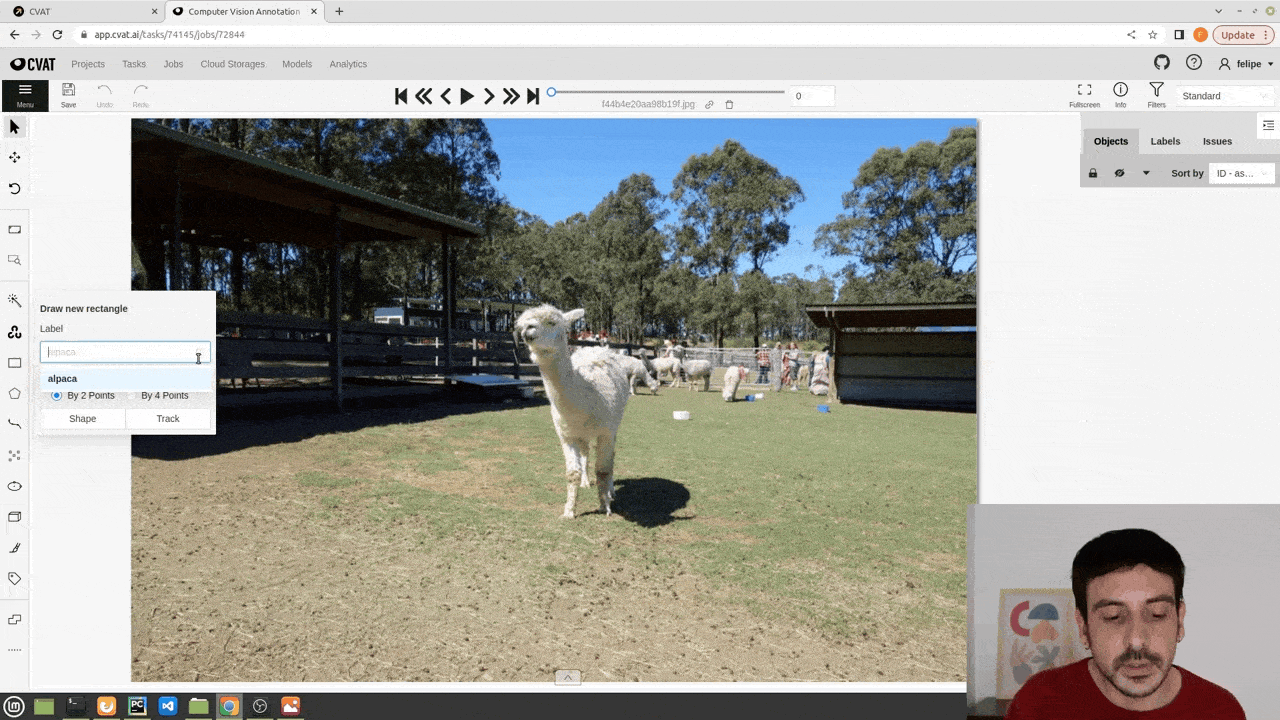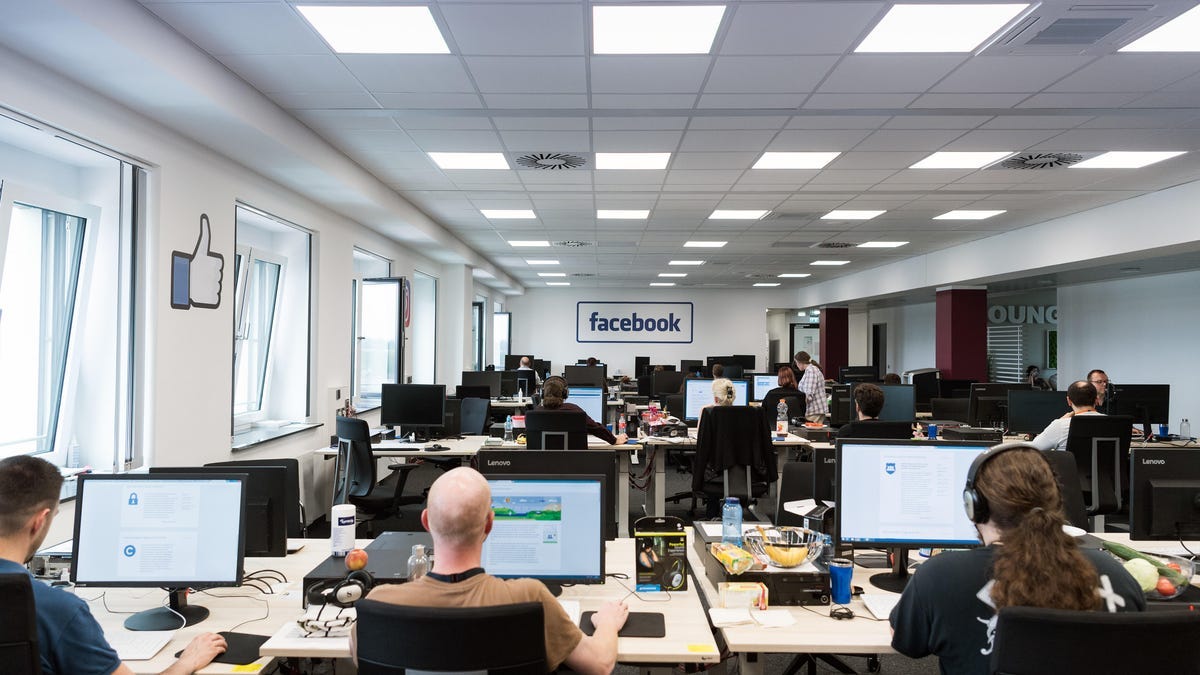AI's Invisible Labor Problem
Diving into the controversy over Amazon's Just Walk Out

Amazon’s “Just Walk Out”-Gate
Depending on who you’re talking to, AI is either (A) 100% marketing hype, (B) imminently going to steal everyone’s job, or (C) surely going to usher us into a techno-utopia and so we might as well start worshiping it now anyway.
Workonomics believes in taking a more nuanced approach to AI and automation. Part of the challenge in doing this is going beyond the clickbait-y headlines and asking deeper questions about how the technology is being developed.
We can take this lens when looking at Amazon’s “Just Walk Out” technology, which envisioned retail stores without checkout lines or cashiers. Instead, with hundreds of cameras and sensors, computer vision algorithms detected when you pulled items off the shelves and appropriately charged your Amazon Prime account when you left the store.

Just Walk Out was unveiled in 2016 to a largely awestruck press which saw it as an inevitable disruption to the stagnant retail industry. However, when Amazon decided they would no longer be using their Just Walk Out tech in their US grocery stores last month, the narrative had a different tone.
You may have seen one of several viral news articles that argued that Just Walk Out was another instance of AI über-hype. These articles resurfaced leaked reports from Amazon that the company hired 1000 workers in India to review video footage of shoppers.
The articles interpreted these reports as saying that, all along, the tech didn’t actually work. Instead, it was the remote workers who were manually updating the system as they watched you put your Draft Oatmilk Vanilla Latte in your cart.
So is Just Walk Out the equivalent of the fully autonomous self-driving car for the retail industry, as it was initially pronounced? Or is it really just an AI Potemkin village, as some of the recent articles argued?
Each of these views contains a kernel of truth, but neither captures the full story. This is probably because there are two things happening at the same time:
Human labor is an essential, under-appreciated, and frequently outsourced component of building AI models.
The AI powering “Just Walk Out” is very real technology, and is advancing rapidly.
Many of you may be wondering: why do we even care about the progress of AI? Isn’t the main takeaway that an invisible workforce behind the AI is getting exploited, regardless of whether the AI actually works or not?
In large part, we agree with this sentiment. But if we ignore the profound advancements in AI over the last several years, we’d be neglecting a major risk factor for these data workers.
To understand why, we first need to talk about data enrichment workers, who play an essential role in AI development.
AI’s Invisible Labor
Behind any AI model is a team of data enrichment workers who are helping train the AI.
Thanks to investigative reporting over the last few years, we know more about enrichment work. We know that workers in Venezuela are annotating video training data to make self-driving cars possible; that Kenyan enrichment workers helped OpenAI review ChatGPT responses so that the next version would produce less toxic results; and that subcontractors for Meta hired enrichment workers to flag X-rated social media content on Instagram and Facebook.
Generally speaking, data enrichment workers do two things: they help annotate input data used for training the AI, and they review the AI’s outputs and feed it back in so it can learn from its own mistakes.

In the case of Just Walk Out, data enrichment workers would primarily be working with camera footage input data. They may be annotating a new grocery product to help the AI detect it. They also might look at historical outputs that the AI was not confident about (e.g. the AI is 60% sure it's an alpaca, but it could also be a llama)1 and tell it whether it was right or wrong.
“Less Than $2/hour”: Data Enrichment Work Today
With more journalism and research highlighting the prevalence of data enrichment workers, it’s also becoming clear how economically precarious their lives are.
Data enrichment workers are often hired outside the US where labor protections are weak, enforcement is lax, and low wages prevail. These workers are not always employees, meaning they face a similar set of problems as independent contractor gig workers. Independent contractors largely lack safety net protections such as minimum wage and overtime protections, unemployment insurance, and the right to form a union.

Researchers and journalists have documented numerous labor issues among these workers.
In Venezuela, gig-based data enrichment workers made less than one cent per task. The Kenyan workers to review ChatGPT responses were paid less than $2/hour. Content moderation workers for Facebook and Instagram were allotted 9 minutes of “wellness time” each day and suffered from severe mental health issues after viewing disturbing content they had to annotate.
Just yesterday, 97 Kenyan data enrichment workers wrote an open letter to President Biden and US Trade Representative Katherine Tai demanding that the US put a stop to tech companies that were “systematically abusing and exploiting African workers” and “undermining local labor laws.”
In addition, data enrichment workers largely don’t receive equity or royalties for the data they annotate. As a result, even as the data is repackaged and resold profitably by AI enrichment organizations, the workers themselves will receive little or none of that money.
It’s hard to enumerate all of the issues that these workers face today. But to fully grasp the existential risks for these workers’ livelihoods, we also need to look at advancements in AI.
AI Advancements Create New Risks for Workers
Given the large team of data enrichment workers still involved in Just Walk Out, 8 years after its debut, it can be tempting to say that the AI simply wasn’t working. Yet the AI powering the products of Amazon has been growing more powerful each year. Furthermore, those ignoring improvements in AI are overlooking the severity of a very real risk for workers: technology-mediated unemployment.
To illustrate the big jumps in AI performance in the domain of computer vision, we can see that image classification performance2 of the best models has increased significantly over the last 8 years:

Separately, new AI models are automating parts of the data annotation workflow that data enrichment workers currently perform.

There are also AI techniques that train data without human annotations, called “unsupervised learning”. These techniques have been employed in the training of models like ChatGPT.3
In other words, AI models are increasingly able to do more with less data enrichment labor. For the time being, this may not be an issue as firms are still making huge investments in AI, and AI startups continue to be hungry for annotated data.
But if demand for data enrichment labor slows down (while technological progress continues to race ahead), data enrichment workers may find themselves increasingly displaced by technology and with fewer work opportunities. Unemployment is a real risk.
Charting A Better Way Forward
Thankfully, organizations such as the Partnership on AI (PAI) are taking action on behalf of these workers. We talked with Sonam Jindal, who runs a team at PAI focused on AI, Labor, and the Economy, about how they are trying to raise labor standards for data enrichment workers.
Her team has created a set of guidelines for AI practitioners to help improve the conditions of the data enrichment workers they work with. PAI worked with Google’s DeepMind to help adopt these guidelines on data enrichment work, and continues to engage a variety of other institutional partners, big and small.

Jindal also pointed to the non-profit Karya as an example of an organization that is challenging the industry’s prevalent models of how to compensate data enrichment workers. Karya specializes in data enrichment for Indian language AI models and has served clients like Microsoft and Google.
In addition to paying rural Indian data enrichment workers 20x their local minimum wage, Karya also gives its workers ownership over the data they annotate so they can receive royalties whenever the data is resold.
As AI continues to proliferate in nearly every sector of the economy, the issues with data enrichment work may spread to a larger part of the workforce. We should be vigilant of the issues faced by data enrichment workers, and demand that our AI-based products are sourced from labor that is treated humanely.
Jindal said it best: “Training AI doesn’t require just ‘data.’ It involves real people and creates real jobs. And we should value those uniquely human contributions appropriately.”
If you’d like to learn more about Partnership on AI, you can visit their website, follow them on X/Twitter or consider making a tax-deductible donation to the non-profit.
We have a significantly lower ability to differentiate alpacas from llamas.
Importantly, the chart shows performance among publicly benchmarked models. As of the time of this post, Amazon has not posted benchmarks of the AI models powering its Just Walk Out technology.
OpenAI used unsupervised learning, among other approaches, to train its ChatGPT models.


I think part of why people reacted the way they did is because Amazon (knowingly?) let people believe it was a fully-automated store. I remember reading the launch press and thinking it artfully avoided the issue.
If they'd said "and we just replaced the cashier at 7-11 with people from another country watching you on video" it wouldn't have quite had the same launch buzz...